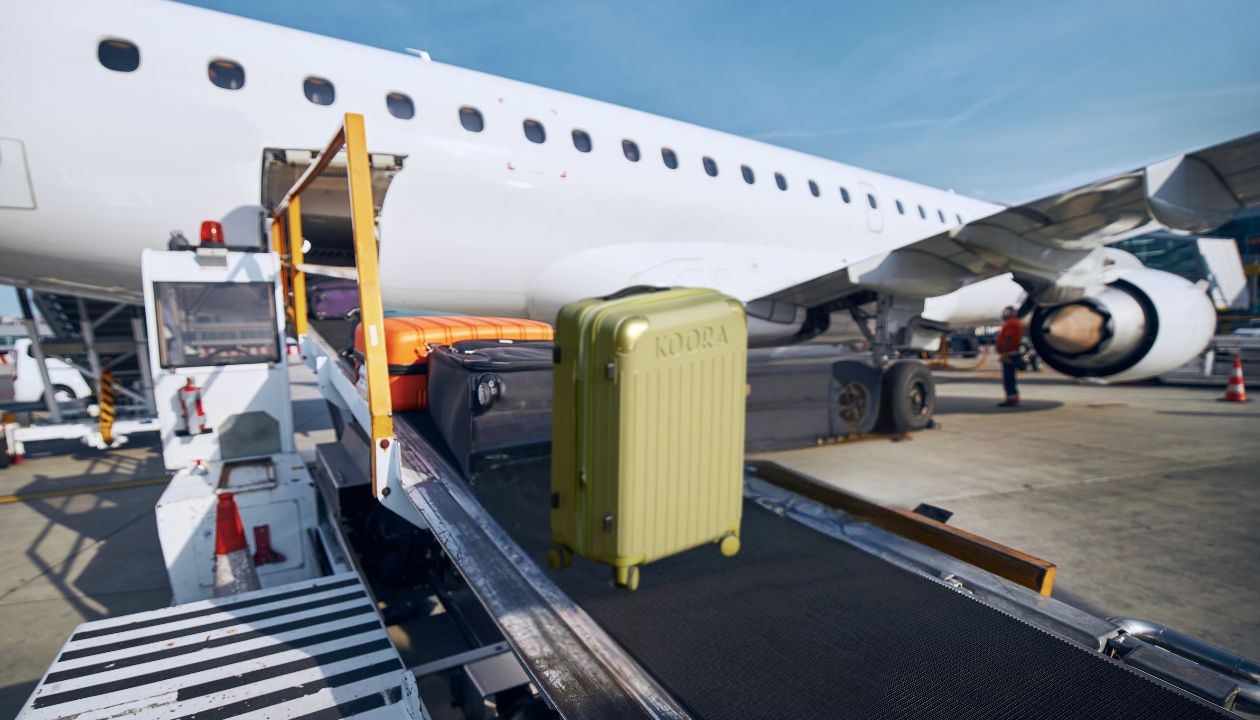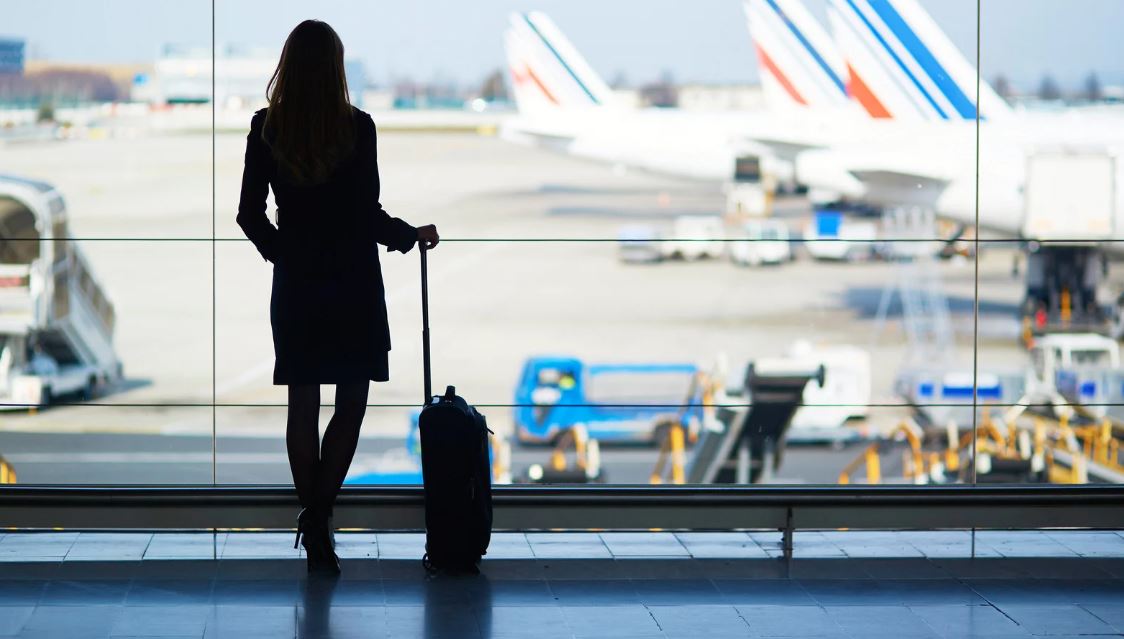
Ultimate Guide to Check-in Luggage Sizes by Airline
It is crucial to plan every aspect in detail, including your suitcase dimensions, before jetting off because airplane journeys require special attention to bag restrictions.
Travellers who research their airline's size and weight limitations for checked bags before their departure will prevent experiencing complications.

The separate policies followed by all airlines force travelers to spend valuable time and money when checking in at the airport.
The guide includes airline policies for check-in baggage dimensions and practical travel advice for better efficiency.
What Is Checked-in Luggage?
At the airline counter, you must submit your suitcases or cargo to become checked-in luggage, also known as hold luggage or checked baggage. You need to store checked-in bags inside the aircraft's cargo area, where they become available at baggage claim after the flight lands. Airlines can restrict check-in bags through cabin restrictions because they exceed maximum limits of dimensions and weight defined for suitcases and duffel bags.
Airlines impose a bag allowance on each passenger based on class type and flight destination. Based on airline policies, most international flights permit one checked-in baggage item, including economy class passengers, but budget airlines consistently charge peripheral fees for luggage storage.
Why Checked-in Luggage Size Matters
Understanding size and weight restrictions prevents
-
Extra fees for overweight or oversized bags
-
Stressful delays at the airport
-
Damage from overpacking
-
Denied boarding of baggage
A lot of travelers believe all airline baggage guidelines are the same, yet this belief is incorrect. Airline policies tend to show wide variations between each other.
Premium airline services usually grant more flexible luggage allowances than budget-based airlines.
Checking the accurate policy guidelines must be your first step before traveling.
Major airlines permit you to check luggage without charge until they define their limit but charge for extra baggage amounts above this threshold.
Airlines charge between $25 to $150 per bag according to the restrictions on weight and dimensions and airline route. Therefore, make sure you have checked the luggage size before purchasing the luggage for your trip.
You can see Koora luggage category based on your need since all of their luggage are the standard size in their category, be it checked-in or carry-on luggage and are lightweight, which makes them a good choice for trips since they have more storage capacity.
Standard Check-in Luggage Size Limits
Standard measurements for checked baggage in international flights typically include a length combination of 62 inches combined with width and height.
- Dimensions: 62 linear inches (length + width + height)
- Weight: 23 kg (50 lbs)
Business and first-class passengers receive a weight allowance stretching up to 32 kg (70 lbs).
Check your bag dimensions closely because airlines combine wheels and handles with the total size when determining measurements. Your bag will incur extra costs as excess baggage fees whenever it surpasses weight or dimension restrictions.
Tips for Choosing the Right Check-in Luggage
1. Measure Before You Buy: Ensure your luggage falls within the 62-inch limit.
2. Opt for Lightweight Material: Hard-shell suitcases are durable, but check their weight when empty.
3. Expandable Bags: Great for shopping trips, but be cautious with dimensions.
4. Built-in Weighing Scales: Some premium suitcases offer this feature.
5. Check Airline Policy Before You Fly: Especially for budget airlines with strict baggage rules.
6. Use Packing Cubes: They help maximize space and keep your belongings organised.
7. Label Your Bag Clearly: Add your name, address, and contact details in case it gets lost.
8. Avoid overpacking: Leave room for souvenirs and purchases made during your trip.
9. Test Zippers and Handles: A broken zipper or stuck handle can cause big issues at the airport.
10. Consider luggage with TSA-approved locks: These make inspections easier and more secure.
Final Thoughts
The selection of checked-in luggage demands knowledge about airline rules, together with an assessment of your travel needs. People who travel often should invest money in a durable suitcase that has excellent storage capabilities.
To satisfy occasional travelers, the best pick is a moderately priced suitcase that provides satisfactory functionality at reasonable rates.
Every time you board a flight, monitor your airline's current baggage restrictions so you can properly pack your luggage. Digital luggage scales and packaging organizers help you measure your bags while maintaining size limits for better trip efficiency.
The prevention of sudden fees and travel delays becomes simpler through basic travel planning.
This information provides you everything you need to avoid expensive luggage mistakes and helps you to reach your destination without any issues from departure to arrival.



Leave a comment
This site is protected by hCaptcha and the hCaptcha Privacy Policy and Terms of Service apply.